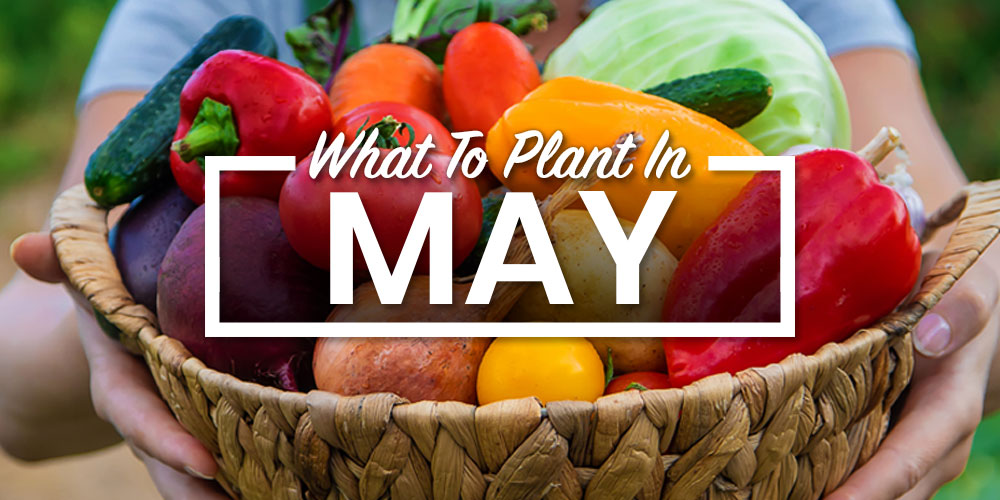
NAVIGATION
Over my years of homesteading, I’ve learned that the range of what you can plant in May is pretty impressive, whether you’re a newbie to gardening or a green thumb looking for some variety. I’d suggest planting a May vegetable garden to just about anyone — with the mild weather and late spring rain, you’re starting out with nature on your side.

Hi, I’m Ryan
Gardening is more than just a hobby for me — as a homesteader, the abundance of vegetables my garden produces year-round is the foundation of everything I eat. In my experience, planting at the right time is the most important factor in yielding buckets of fresh vegetables.

Are You Still Deciding What To Plant In May?

It’s true! May is the best month of the year to plant a garden for most of the U.S. You can start growing a wide range of plants from seed or seedling, including some of the most popular veggies, like tomatoes and cucumbers, to less common garden finds, like parsnips.
I will simplify the entire process for you by sharing the best vegetables to plant in May, the optimal time to plant each, and how to sow them for top results.
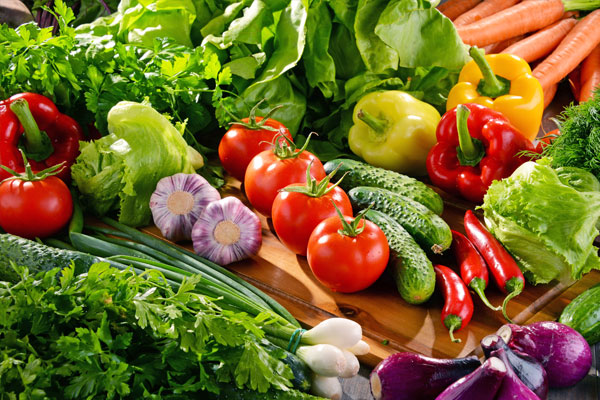
Vegetables To Plant In May
| Vegetables | Planting Date | How To Sow |
|---|---|---|
| Beets | May 1 | Seeds |
| Parsnips | May 1 | Seeds |
| Lettuce | May 1 | Seedlings |
| Melons | May 1 | Seeds |
| Corn | May 1 | Seeds |
| Tomatoes | May 1-15 | Seedlings |
| Cabbage | May 1-10 | Seedlings |
| Turnips | May 1-5 | Seeds |
| Celery | May 1-5 | Seeds or Seedling |
| Kohlrabi | May 1-10 | Seeds |
| Radishes | May 1-10 | Seeds |
| Beans | May 1-15 | Seeds |
| Scallions | May 1-15 | Seedlings |
| Cucumbers | May 15 | Seedlings |
| Eggplant | May 1-30 | Seedlings |
| Peppers | May 15 | Seedlings |
| Okra | May 15 | Seeds |
| Pumpkins | May 15 | Seeds |
| Summer Squash | May 20 | Seeds |
| Zucchini | May 20 | Seeds |
| Winter Squash | May 20 | Seeds |
May is also great for planting annual and perennial flowers and herbs. After the last frost of the year — between May 1-15 for many of us — most flowers and shrubs can be planted, and herbs can be started outdoors from seeds, or you can transplant seedlings to the soil.
Tomatoes and zucchini are some of the easiest veggies to grow and thrive in a May-planted garden.
Thinking Ahead: Seeds to Start in May

When planning my homestead layout, I put a lot of thought into how I would manage specific workflows, including seed-starting. To keep my garden going, I like to start seeds throughout the year so they are ready to be planted at the appropriate time. I save a lot of money growing vegetables from seed, and I always have an abundance of seedlings that I can share with friends and family.
Whether you live on one acre or 100 acres, you can implement a similar system. Some vegetable seeds that can be started indoors in May include winter squash, pumpkins, and all lettuce varieties.
Why May Is The Best Month To Plant A Garden

May is the best time to get started on a summer vegetable garden, and that’s more than just my humble opinion. Many gardeners will tell you that they purposely wait until May to plant, even if the weather permits planting a little sooner. There are several reasons why gardeners agree that May is hands down the best time to get plants in the ground.
May Is The Best Month For Gardeners With Limited Time
Some climates will allow for outdoor planting as early as March and as late as June, which will require several separate workdays in your garden.
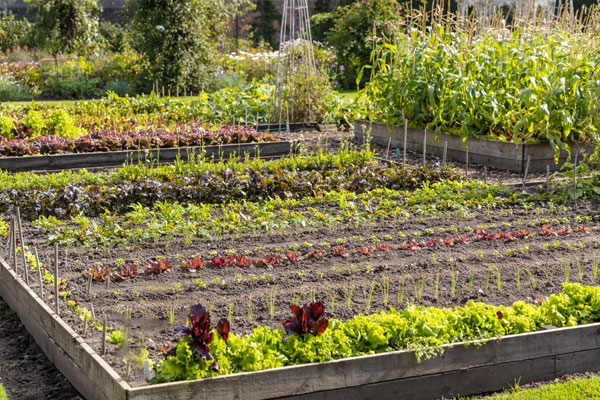 If you don’t have the flexibility to plant throughout the spring, it’s perfectly fine to start all your heat-loving veggies at the same time.
If you don’t have the flexibility to plant throughout the spring, it’s perfectly fine to start all your heat-loving veggies at the same time.
I suggest May because it falls within the planting range for all summer vegetables. You can spend one long day getting your garden planted instead of several days throughout the season.
Then, you’ll just need to do basic maintenance and watering until vegetables start coming in.
The Danger Of Frost Has Passed
I try to wait until the last frost of the year before planting outdoors. This way, I don’t have to worry about covering young plants on occasional below-freezing nights.
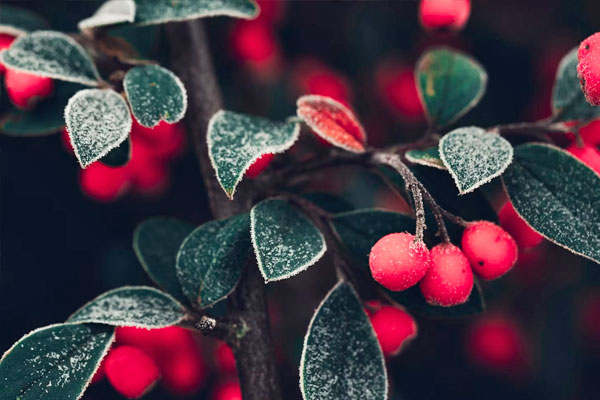
Planting In May Yields Long-term Results
When looking at what to plant in May, you can expect immediate results with your summer harvest veggies and delayed gratification in the fall when it’s time to harvest those pumpkins and winter squash.
A May garden is the perfect way to begin a slow food journey. Slow food is all about eating what’s in season and locally available, and there’s nothing more local than your own backyard. Plus, after the season is over, you can dehydrate your crops to enjoy them all year.
You’ll Enjoy The Widest Variety Of Veggies By Planting in May
Tomatoes, peppers, and corn are just a few common vegetables that have been cultivated to include dozens of varieties. Those different varieties can have slightly different growing periods, but all of them will do well if planted in May.
Don’t worry if you’re so successful that your garden produces more than you can eat! There are lots of ways to preserve food, including dehydrating corn and other veggies.
What Can You Plant In May, Based on Your Location?

Although I’d love to tell you the perfect moment to plant each vegetable across the board, a good bit of personal experience and knowledge goes into deciding what vegetables to plant in May. As you develop your own homestead and get to know the weather patterns in your area, these things will become second nature.
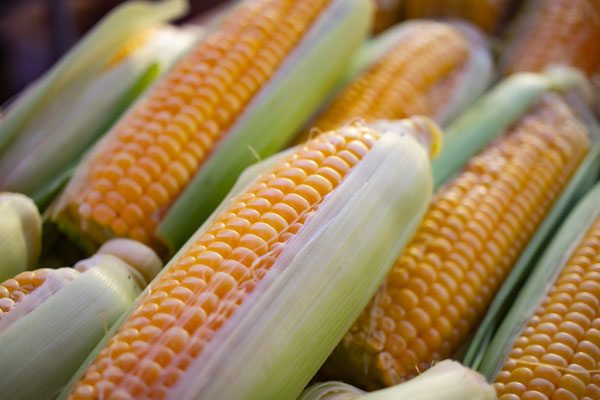 For example, I love corn and tomatoes, so I plant plenty of those each year just after the last frost. Where I live, just outside of Charlotte, NC, May is always ideal for these two crops. Everything else I grow falls into this same planting range, so it works out really well for me to plant the rest of my summer and fall harvest vegetables in May.
For example, I love corn and tomatoes, so I plant plenty of those each year just after the last frost. Where I live, just outside of Charlotte, NC, May is always ideal for these two crops. Everything else I grow falls into this same planting range, so it works out really well for me to plant the rest of my summer and fall harvest vegetables in May.
To know what vegetables to plant in May for your specific region, consult your planting zone as a general guideline. You’ll also need to watch the weather leading up to your desired planting dates to keep track of any out-of-the-ordinary weather fluctuations.
May Planting Guide: Preparing Your May Garden

In preparation for planting a backyard garden, I take a few simple steps each year to provide the best growing environment for my young plants.
Each spring, I repeat the same process, but it has gotten a lot easier since that first year because I have all the tools I need and have simplified each system, so none of them take up a lot of time.
Gardening is done best as a year-round activity. For the best May garden, till and fertilize the soil throughout the year, not just when you’re ready to plant.
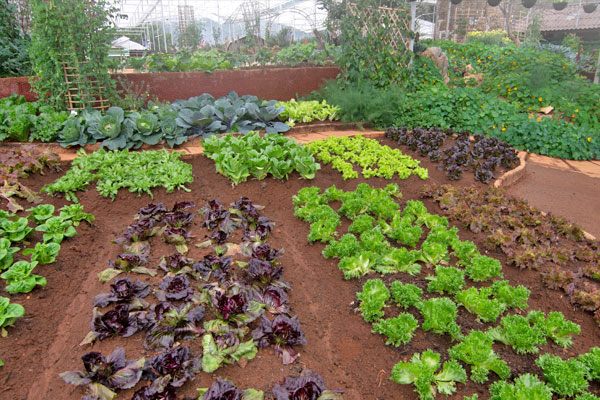
Step 1: Choose A Location For Things To Plant In May
I spent time in my yard observing where the best morning sun and drainage were in order to choose the best spot for my garden.
Once you have determined the best place to break ground, you won’t have to repeat this step every year, but I recommend re-evaluating it from time to time, especially if you build a new structure or trees in the area start blocking the sunlight.
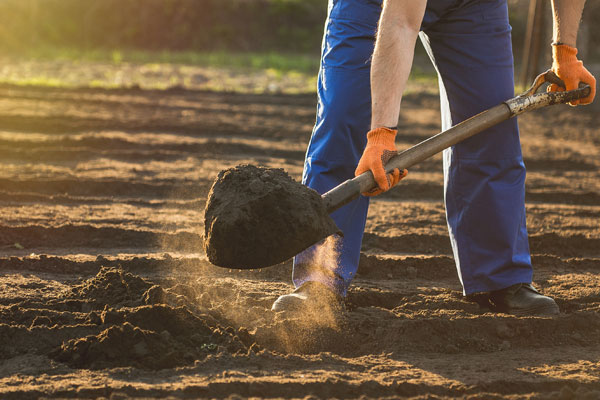
Step 2: Prepare The Soil
You’ll need to invest in some gardening tools to till and prepare the soil. Electric and gas-powered tillers are a great investment for smaller gardens, but you should look into purchasing a small tractor with a pull-behind tiller for a larger area.
Another option is to pay a friend or neighbor to till your garden once or twice in the early spring.
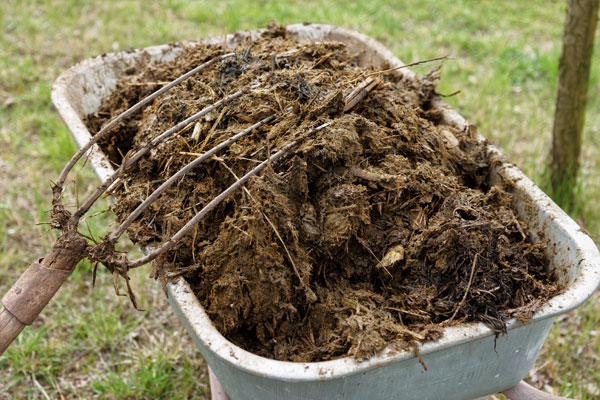
Step 3: Fertilize Before Considering What To Plant In May
I compost a lot on my own homestead, which turns back into fertilizer for my garden and other plants. This saves money and is the only way to know exactly what’s going into my food.
Fertilizer should be applied early and worked into the soil at least a few weeks before planting seeds or seedlings. I don’t recommend fertilizing after planting, especially with commercial products, since they can burn up young plants by drawing moisture away from them.
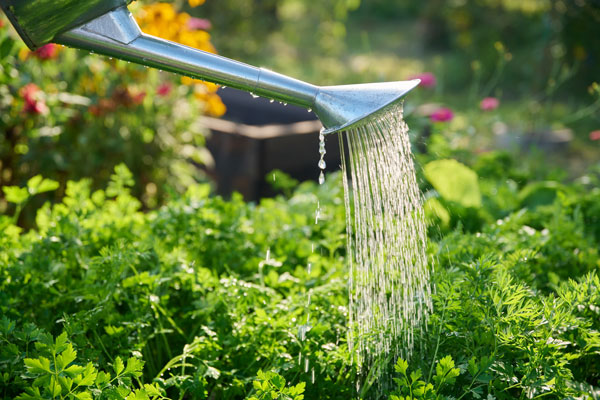
Step 4: Devise A Watering System
Whether you choose sprinklers or a soaker hose, your watering system should be convenient so you can do it daily during dry periods without a lot of hassle. Consider a timer system if you won’t be home during prime watering hours (early morning and late evening).
Decide What to Plant in Maybe Based On What You’ll Eat

If this is your first garden, you’re probably as gung-ho as I was in the beginning, wanting to plant all sorts of interesting vegetables. The problem with that is, I realized that I don’t actually eat all those vegetables. I had to scale back and only plant what I knew I’d be able to eat or preserve.
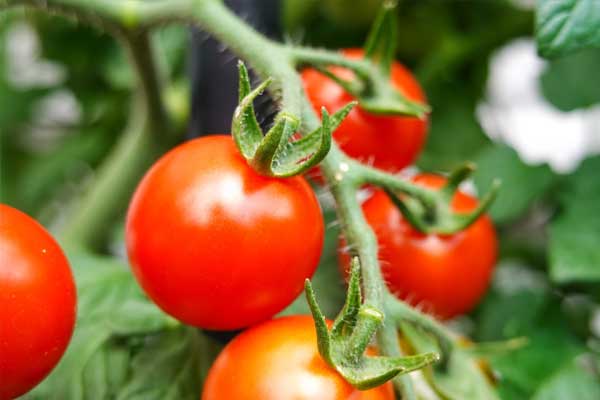 You can’t grow everything, especially on a small homestead, so I encourage you to be honest with yourself about what you’ll actually consume.
You can’t grow everything, especially on a small homestead, so I encourage you to be honest with yourself about what you’ll actually consume.
I mentioned before that I love corn and tomatoes. I enjoy these veggies fresh throughout the summer and preserve any extra for later in the year. I also like growing cucumbers and peppers. However, I don’t typically plant zucchini or squash because friends usually share some with me, and, in turn, I trade some of my more plentiful crops with them.
Does Succession Planting Work in May?

Succession planting works really well in May because the temperatures are warming up, and the danger of frost is all but gone. Succession planning involves planting smaller crops of the same vegetable every few weeks to spread out the harvest. For example, a lot of the gardeners I know plant corn and tomatoes every two to three weeks throughout the spring, so they have a sustained harvest throughout the summer rather than the entire crop coming in at once.
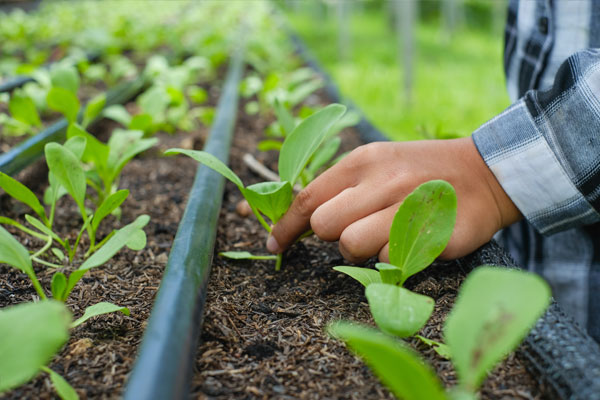 You could plant most garden vegetables in succession at the beginning, middle, and end of May and enjoy a manageable harvest throughout the mid to late summer.
You could plant most garden vegetables in succession at the beginning, middle, and end of May and enjoy a manageable harvest throughout the mid to late summer.
If you choose to do succession planting, remember to leave enough space in your garden for the next wave(s) of plants.
I get so excited in the spring planning for my summer garden. It’s all I can do to hold off until May to plant everything, but it’s always worth the wait. A May garden has never failed to provide me with beautiful, healthy plants that produce an abundance of vegetables throughout the summer and fall.
Now that you know what to plant in May, you’re armed with all the information you need to have a plentiful garden and get growing.
Your Turn!
- Which garden vegetables will you plant this May?
- Do you utilize succession planting to have a longer harvest?



Leave a Reply